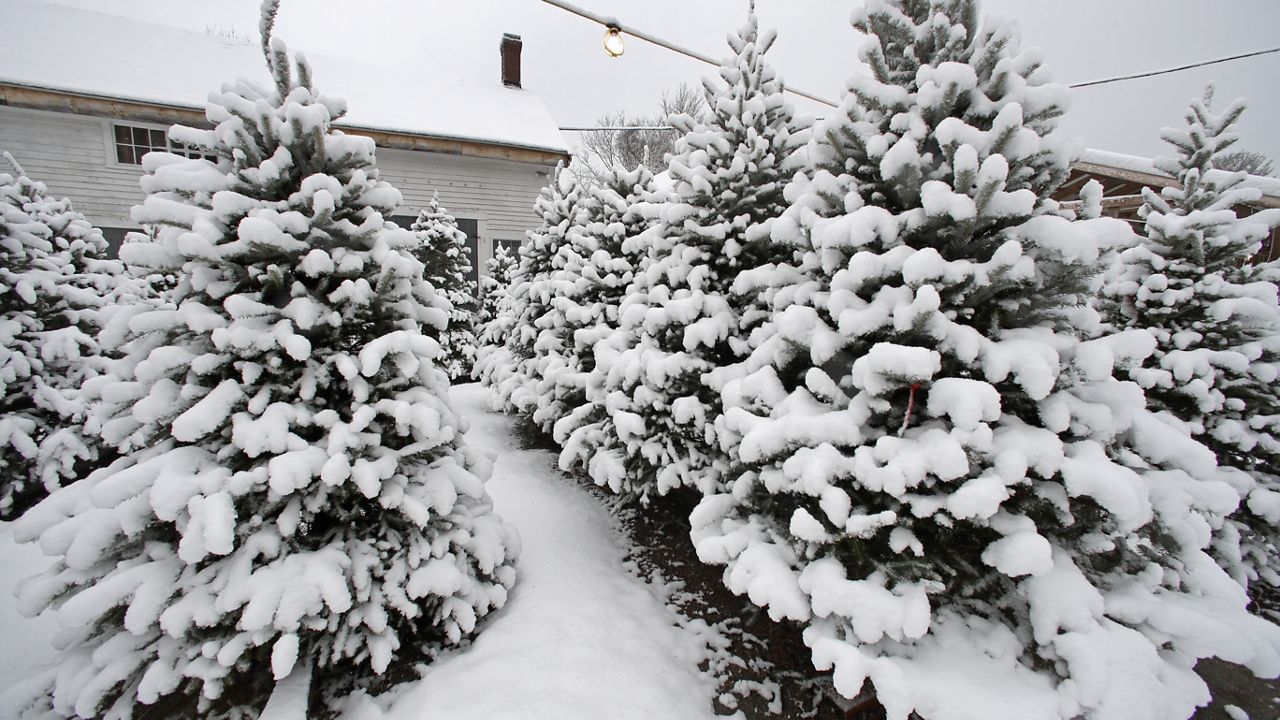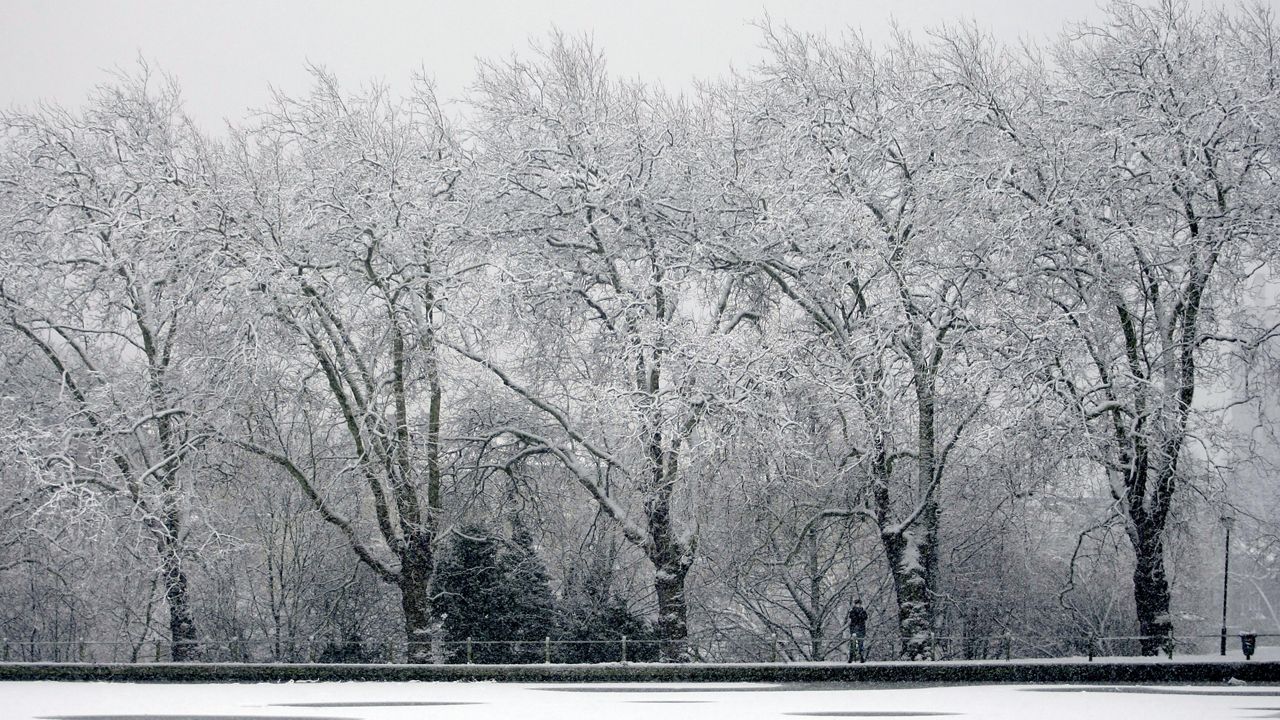There is a different type of beauty during the winter. After months of seeing the luscious summer greenery and vibrant fall foliage, the colors fade and snow blankets the landscape in white.
But what happens to trees after shedding their leaves and becoming covered in snow or ice for the winter? Are they dead or dormant?
Trees have survival instincts just like people and animals. Depending on the type of tree, it will either shed its leaves or have protective measures to survive the winter without losing any of its greenery.
Deciduous trees
In the fall, deciduous trees shed their leaves as a protective measure to prepare for the upcoming winter cold. Deciduous trees include oaks, maples, birches and willows, and any other tree you see losing leaves during autumn.
Losing leaves allows the tree to spend less energy in the winter. Instead of spending energy protecting its leaves during a cold and dry winter, it can protect itself, conserving moisture in the tree’s trunk, which keeps it from drying out.
A person stands by a frozen pond during snow fall on in London. (AP Photo/Matt Dunham)
Winter also produces powerful storms with strong winds. Without leaves, wind can blow through trees and branches easier without drag, meaning less stress on the tree.
Even though trees can look dead in the winter, they’re probably just dormant. The dormancy period begins in the fall when leaves changes colors and fall off the trees and lasts through all of winter.
In the spring, trees come out of dormancy, reverse the internal processes, and begin growing leaves again.
Evergreen trees
Evergreen trees don’t shed their leaves or needles every winter like deciduous trees, hence the name ‘evergreen’. Instead, the leaves and needles have a waxy coating called cutin that helps protect the tree during the winter.
Evergreen trees include fir, spruce and pine trees, which also make up the most popular Christmas tree types.

Christmas trees laden with freshly fallen snow are displayed for sale at Boston Hill Farm, Wednesday, Dec. 11, 2019, in North Andover, Mass. (AP Photo/Elise Amendola)
The ground freezes in the winter in colder climates and trees can’t draw water through their roots anymore. The cutin helps prevent water loss during winter, which allows the tree to survive cold temperatures more easily.
So, instead of the leaves acting as a liability and strain on the tree, evergreen leaves are their biggest assets. Evergreen trees don’t go completely dormant because of their natural protection.
Our team of meteorologists dive deep into the science of weather and break down timely weather data and information. To view more weather and climate stories, check out our weather blogs section.

